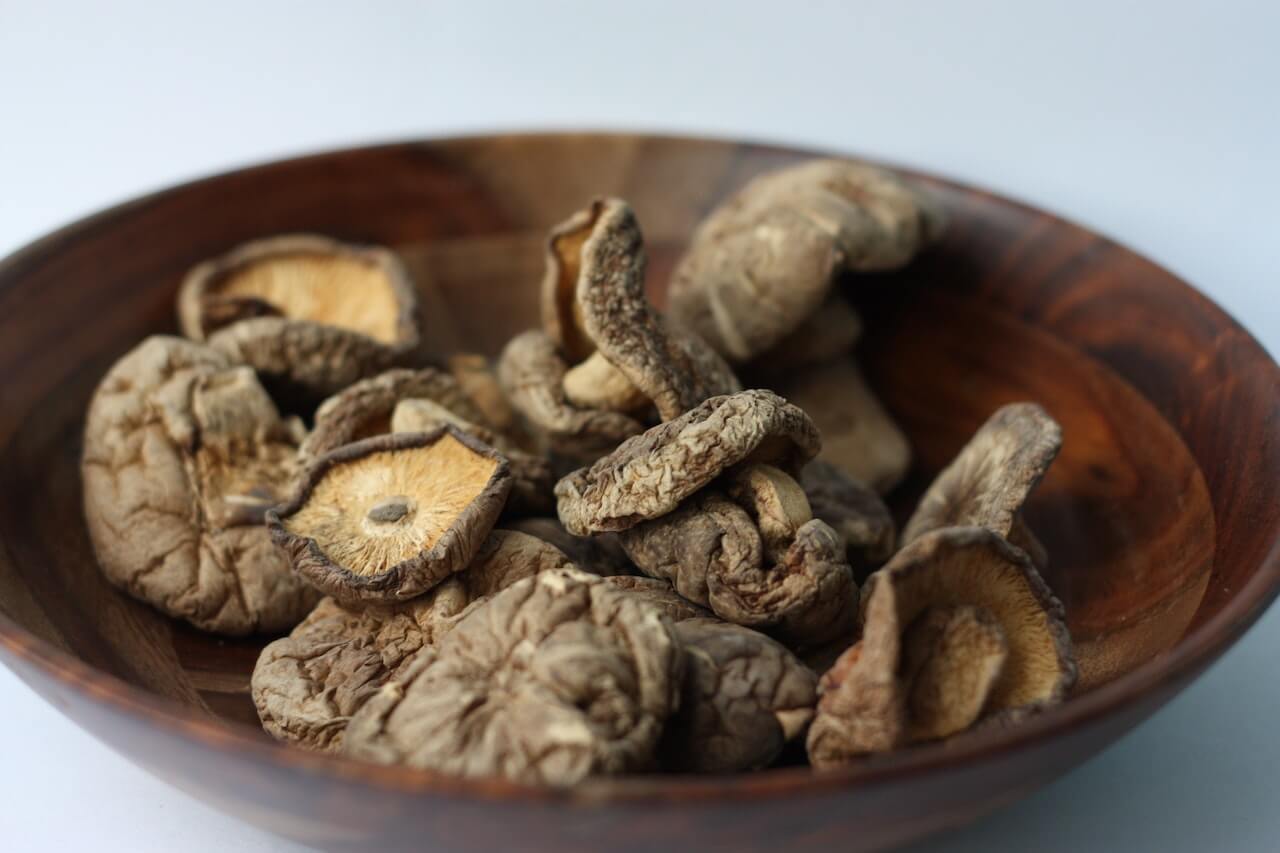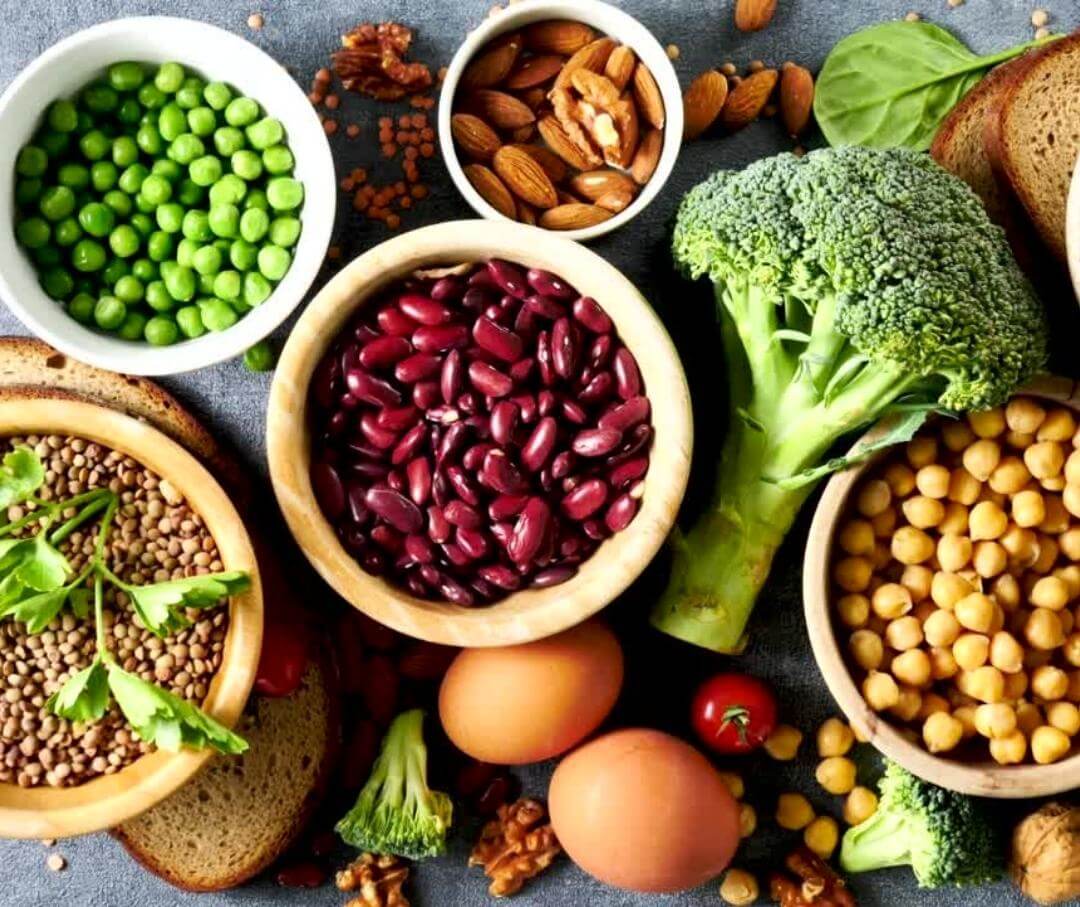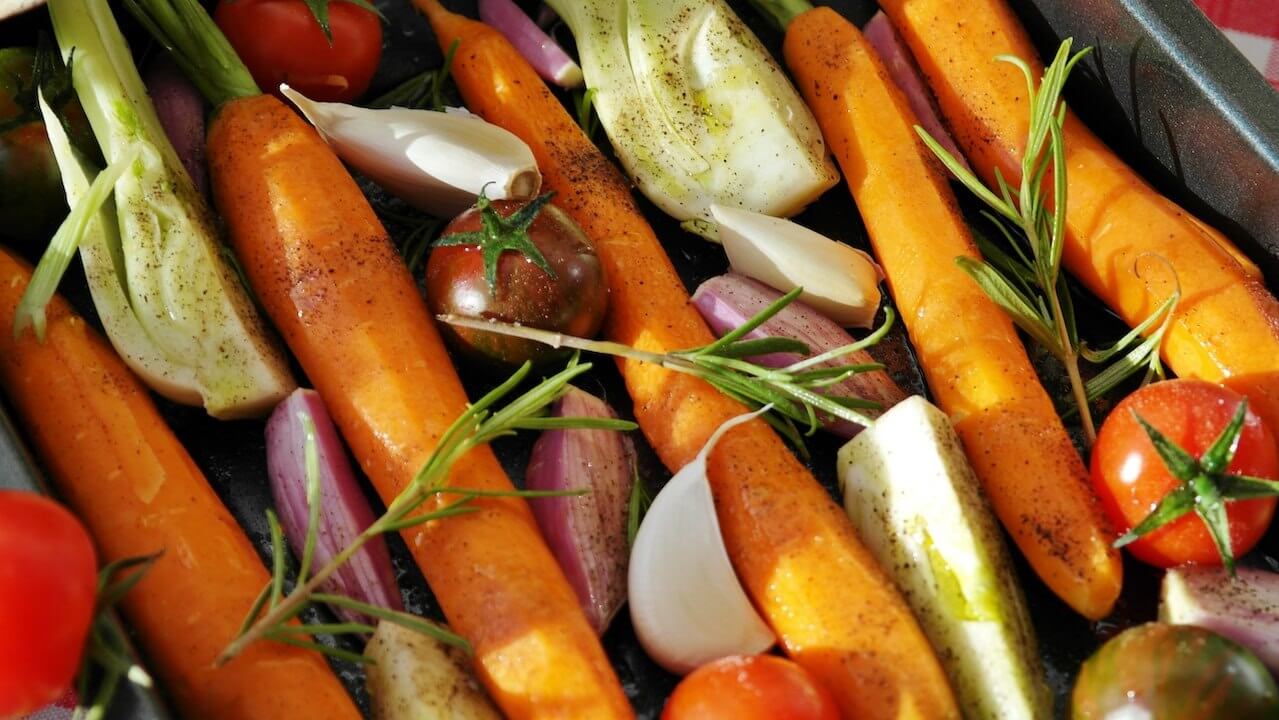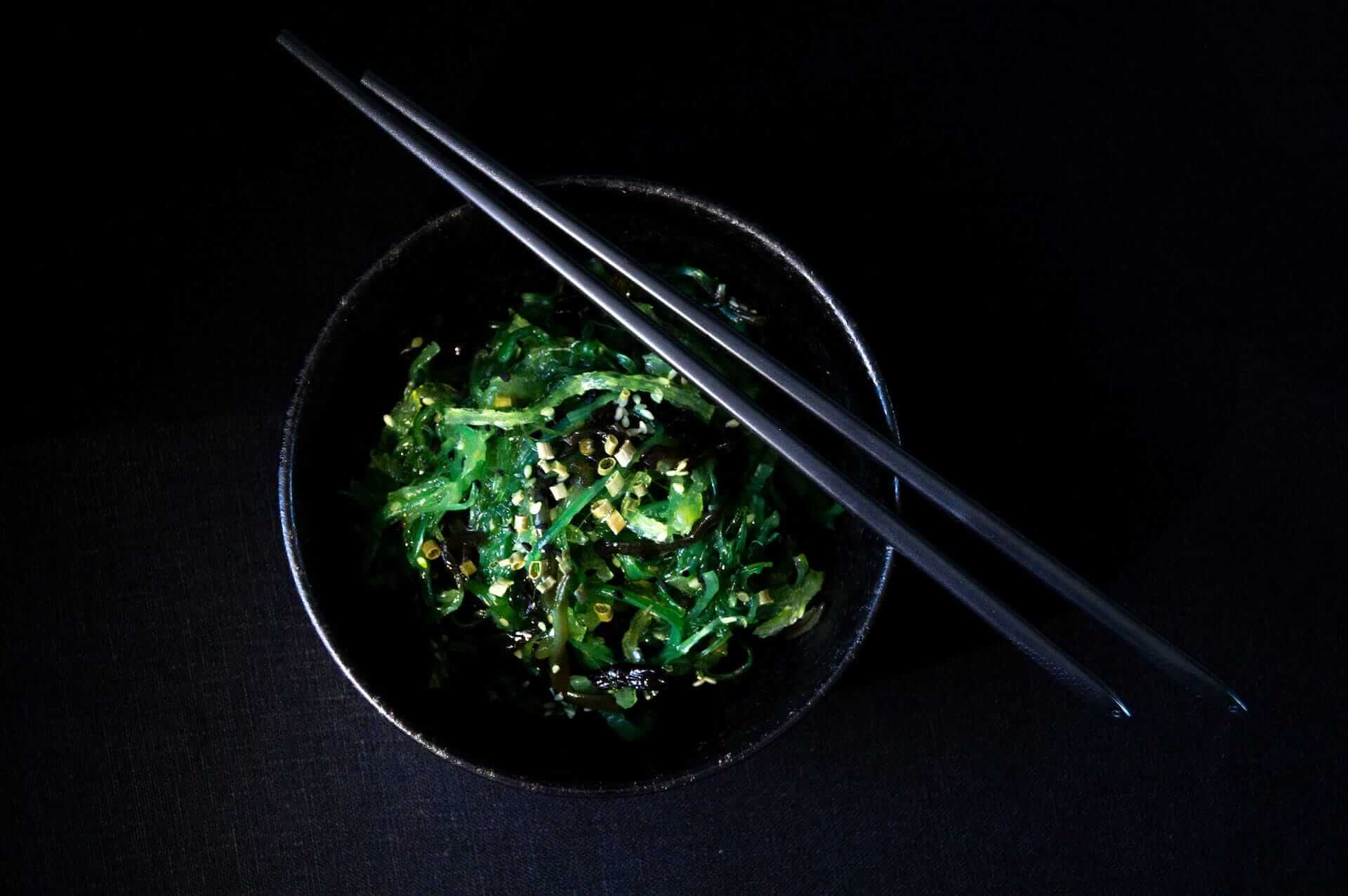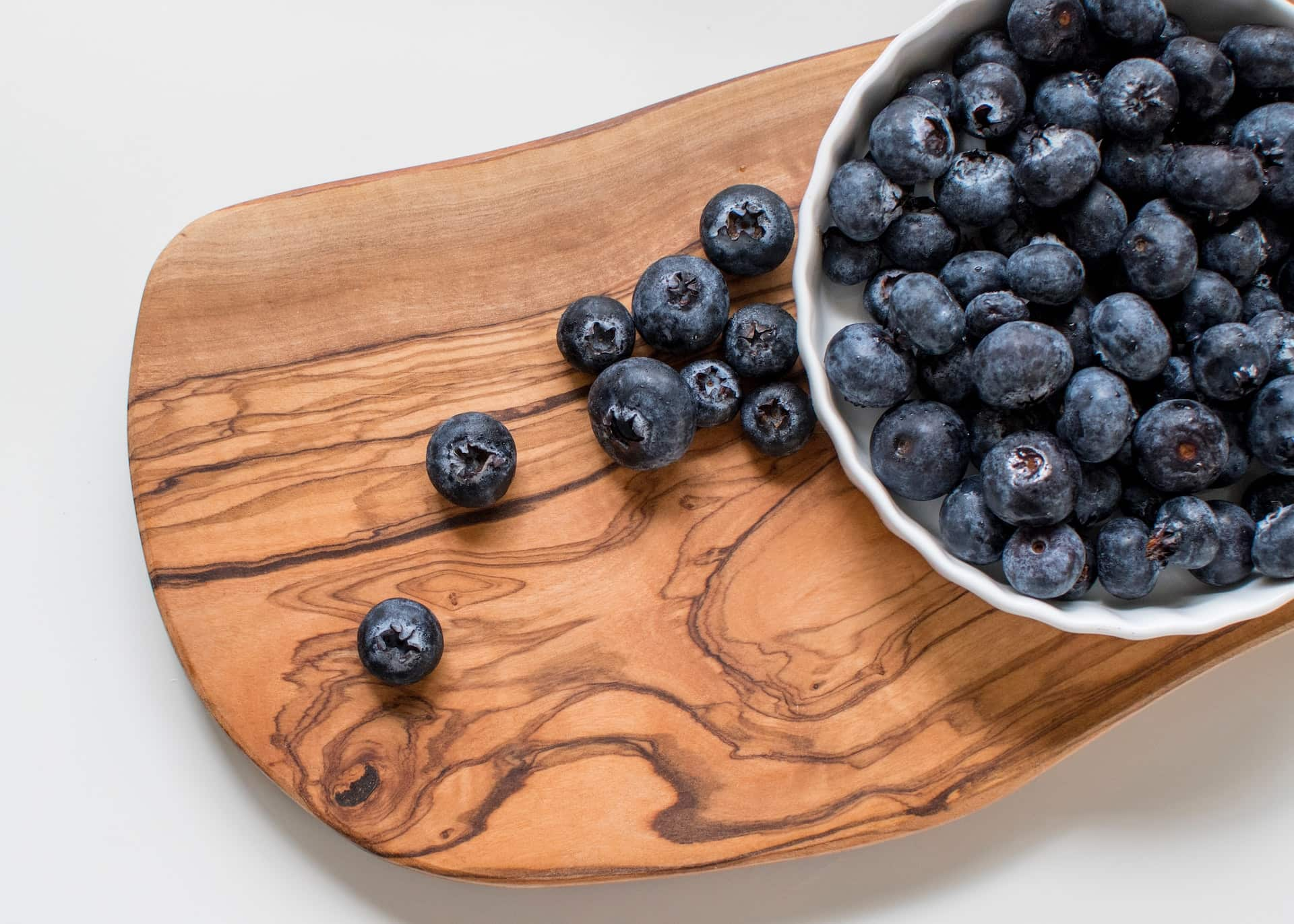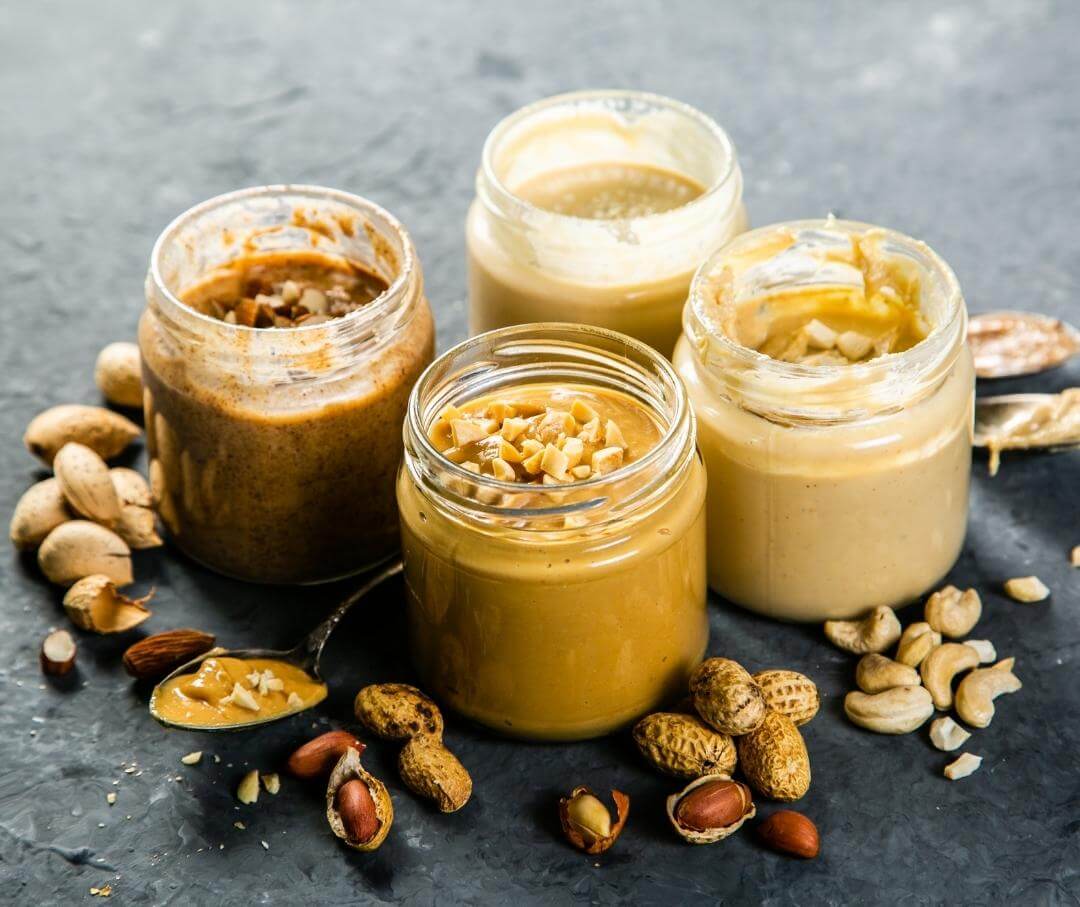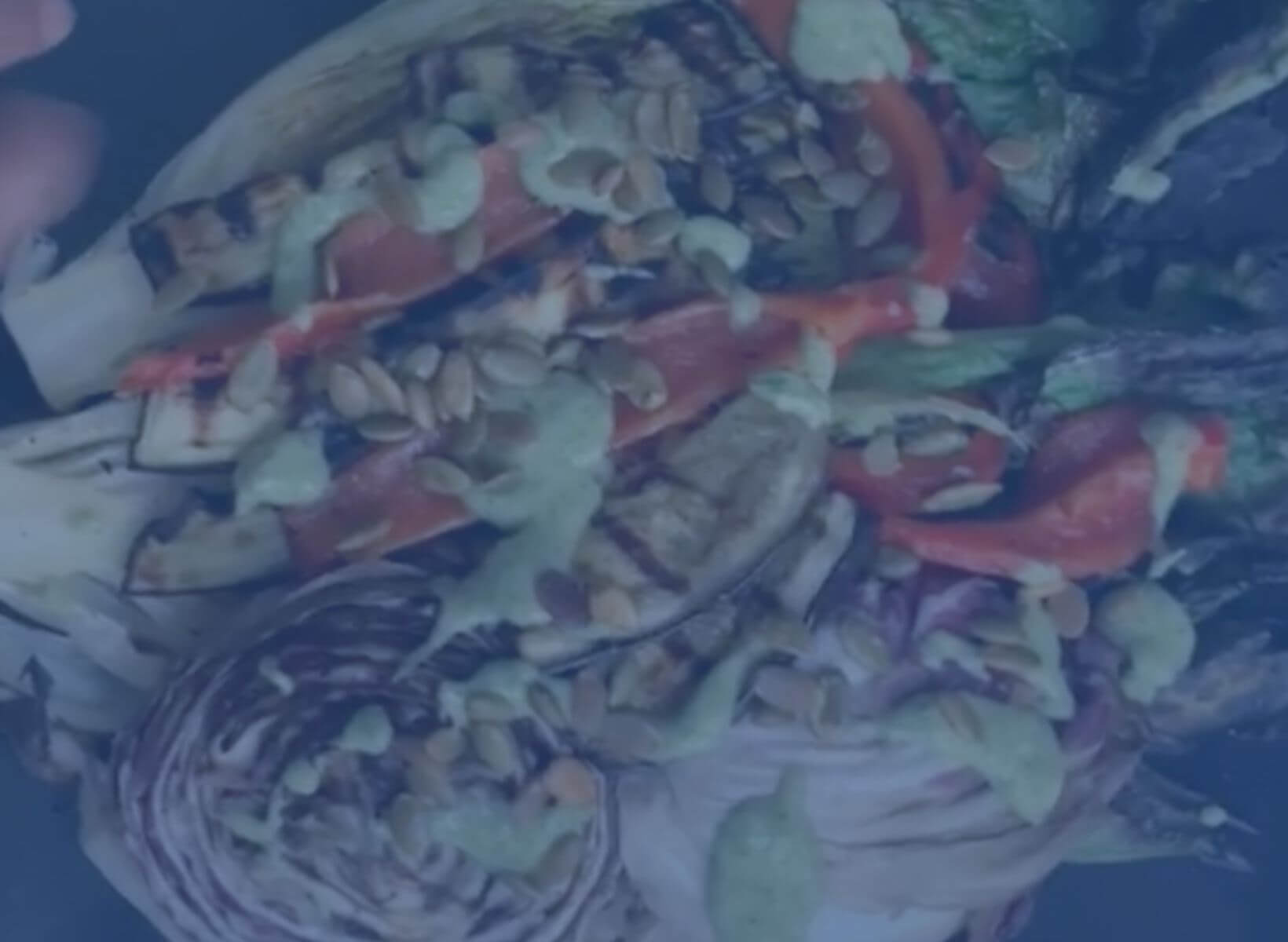They seem to be popping up everywhere. On restaurant salads and sandwiches, as a garnish on soups, and in trendy little packages at your local grocery store. Microgreens are miniature greens that can be grown from almost any vegetable. They are tiny and colorful and can add flavor to your meals.
Microgreens are often heralded as a “superfood’ because they tend to be higher in antioxidants and phytochemicals than their mature vegetable counterpart. But are they worth all the hype?
What Are Microgreens?
Microgreens are miniature, tender greens larger than sprouts but much smaller than adult vegetables or greens.
Microgreens are typically 1-3 inches tall and are ready for harvest 10-20 days after germination.1 They can be grown in the ground, greenhouse, on vertical farms, or even on your windowsill at home.
These fun, nutrient-packed gems are grown from seeds or fruits, grains, vegetables, or herbs, and are available in grocery stores or your local farmer's market. They have a short stem with at least two mature leaves, and a couple of baby leaves sprouting.1,2
{{mid-cta}}
Microgreens Nutritional Facts
They say the best things come in small packages, right? Well, microgreens are no exception. These little greens are highly concentrated sources of nutrients, including antioxidants and polyphenols, vitamins, and a variety of minerals (i.e., potassium, iron, zinc, and magnesium).3, 4
The nutritional content varies slightly depending on the type of microgreen, but all contain varying levels of fiber, vitamins, minerals, carotenoids like lutein and zeaxanthin, polyphenols, and tocopherols. One study of 25 different varieties of microgreens found the vitamin C content ranges from 20mg to 147mg, providing 30% to 245% of the Daily Value for Vitamin C in 100g.5
Other studies have found the mineral content of various lettuces and phytochemical and carotenoid content to vary between varieties, but all are more concentrated than adult plants.6,7
Key Health Benefits of Microgreens
Eating more fruits and vegetables is associated with decreased risk of many chronic diseases. Since microgreens are such a concentrated source of nutrients, it makes sense that including them in our meals would be associated with additional health benefits.
Packed with good nutrients
These little greens are packed with nutrients. Many studies have shown that microgreens pack an even bigger nutritional punch than their adult vegetable or herb counterparts.
Research done by the USDA has shown that microgreens, in general, are about five times higher in vitamins and carotenoids than their mature vegetable counterpart.2
Another recent study found significantly higher levels of vitamin C, phenols, antioxidants and calcium, and iron levels in microgreen lettuce varieties compared to adult lettuces.8
Their nutrient composition can vary based on the type of soil they are grown in, light source, and germination time.1 A recent study of beet microgreens found that after 15 days of growth, the concentration of ascorbic acid, antioxidants, and polyphenols was higher than at shorter germination times or when allowed to grow longer.9
May reduce the risk of chronic diseases
While there has been little research done specifically on the effects of eating microgreens on the risk of chronic disease, there is a lot of evidence that higher intakes of antioxidants and carotenoids found in these mini vegetables can help support your health and reduce the risk of chronic disease.
Heart disease
Microgreens are a good source of vitamin C, and carotenoids, including beta-carotene and lutein, and may be up to five times higher than their adult counterparts.2 A number of studies have shown that higher intakes of fruits and vegetables rich in these nutrients lead to a reduced risk of coronary heart disease, and stroke.10
Alzheimer's Disease
Including microgreens in your diet may help support your brain health. Eating dark leafy greens has been associated with a reduced risk of developing Alzheimer’s disease and may help delay the onset of dementia. Two studies found significantly reduced rates of cognitive decline in people with high intakes of fruits and vegetables. Those who consumed green leafy vegetables at least six days a week had the most significant reduction in risk.11,12
Diabetes
The antioxidants and carotenoids found in microgreens may play a role in reducing the risk of diabetes. A recent large study of over 5000 people found those with higher antioxidant levels had a lower incidence of Type 2 diabetes and lower rates of insulin resistance.13 Another large meta-analysis found that higher intakes of beta-carotene, lutein, and zeaxanthin had reduced the risk of developing Type 2 diabetes.14
Support kidney health
Many people with kidney disease need to limit their intake of foods high in potassium, including leafy green vegetables. While helpful for the kidneys, it limits the amount of other healthy nutrients you get from vegetables.
Because microgreens can be grown hydroponically in a water-based, nutrient-rich solution, researchers realized they could modify the amount of potassium in these miniature greens. The result means it is possible to grow microgreens that are lower in potassium and good for people with kidney disease by adjusting the water and growing medium.15
Good for gut health
Raw vegetables, including microgreens, are fiber-rich and have prebiotic properties. These prebiotics provide food for the healthy bacteria in your GI tract and help keep the lining of your GI tract healthy, helping to absorb nutrients.16
How to Eat Microgreens and Incorporate Them into Your Diet
Microgreens can be used in multiple ways. In addition to all their nutritional benefits, they add intense flavor to meals and snacks. Here are a few ideas for you to try!
Add them to salads
This is the easiest way to start experimenting with microgreens. They are like leafy greens, so mixing them into salads is an easy way to dive in. Just toss them into your salad and mix them with the other ingredients and enjoy the extra burst of flavor!
Use them on grilled fish, meat, soups, or pasta
Adding beet or swiss chard microgreens on top of fish or chicken adds a bright burst of red color and an extra bite of flavor. Pea and arugula microgreens are delicious on soup or pasta.
Mix into scrambled eggs or omelets
Like mixing in spinach, peppers, or onions, you can add microgreens to scrambled eggs, frittatas, or omelets. They do lose some of their nutrients when heated, so be sure to add them at the very end of the cooking time if you can.
Blend into a smoothie
Adding greens to a smoothie is a great way to use them if the flavor is overpowering for you on its own. Wheatgrass is one of the most common types of microgreens that you’ll often see on smoothie menus. While super concentrated in nutrients, they can be overpowering and bitter, so adding them to a slightly sweet smoothie is a great way to start adding them to your diet.
Use them in sandwiches
Like a salad, adding microgreens to a sandwich is another easy way to add these powerful veggies to your lunch. You can add them with lettuce and greens or just on their own.
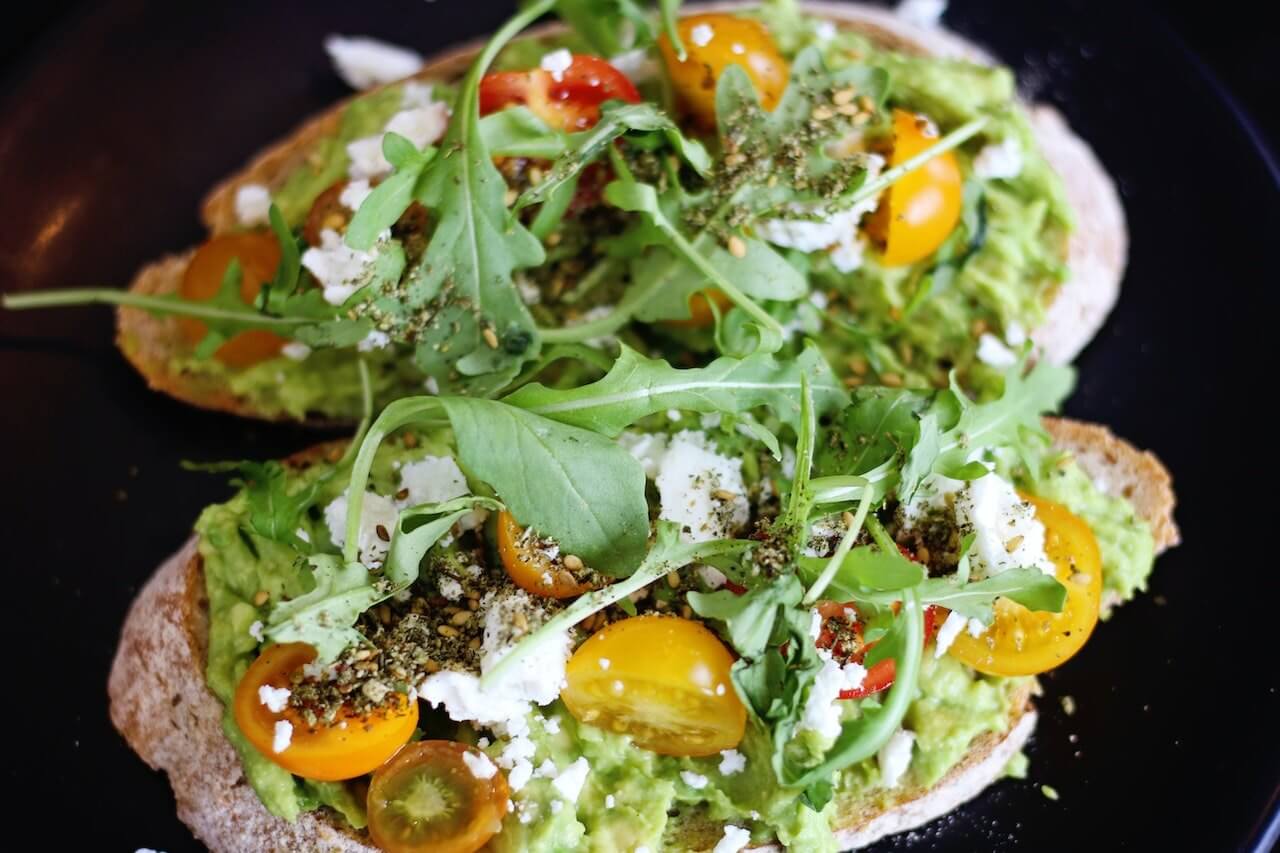
How to Grow Microgreens
The beauty of microgreens is that they grow very quickly and don’t need much space. They are one of the easiest plants for a home gardener to grow. You just need a pot, soil, good seeds, and a light source. They can even be grown on your windowsill in the middle of winter!!
Except for the seeds, most of the equipment you need to grow microgreens are probably things you already have at home: a tray or growing mat, soil, a spray bottle, and light. Here’s a quick overview of how to get started.18
Start with high-quality seeds
Decide what type of microgreens you want to grow. Many people say radish greens are the easiest to start with, but there is a huge variety. Look for a reputable seed supplier online and order a few types.
Fill a container with soil and water lightly
Fill a plastic tray with small holes in the bottom with a soil mixture that the seed supplier recommends. Perlite and peat is a common growing mediums for microgreens.
Sprinkle the seeds on top of the soil evenly
Sprinkle the seeds lightly and evenly on top of the soil. Some seeds, like peas, may need to be soaked in water before planting, so follow the directions on the seed package. Leave the seeds on top of the soil to germinate. They will grow better if not covered.
Lightly mist the seeds with water and cover them with a plastic lid
Take a spray bottle filled with regular drinking water and spray the seeds lightly. Cover them with a dark lid or tray to keep the light out. This allows them to germinate.
Place near a source of light (sunlight or a grow light)
Once the seeds have germinated or sprouted, remove the dark cover and place the tray near a light source. Sunlight or a special grow light will work.
Mist water daily
Using a spray bottle and regular drinking water, mist the seeds and sprouts lightly daily.
After 7–10 days, microgreens will be ready to harvest
Depending on the type of microgreen you are growing, they should be ready to harvest in 7 - 10 days. Using sharp scissors, cut them just above the soil and then wash them carefully to remove any soil from the stem and leaves.
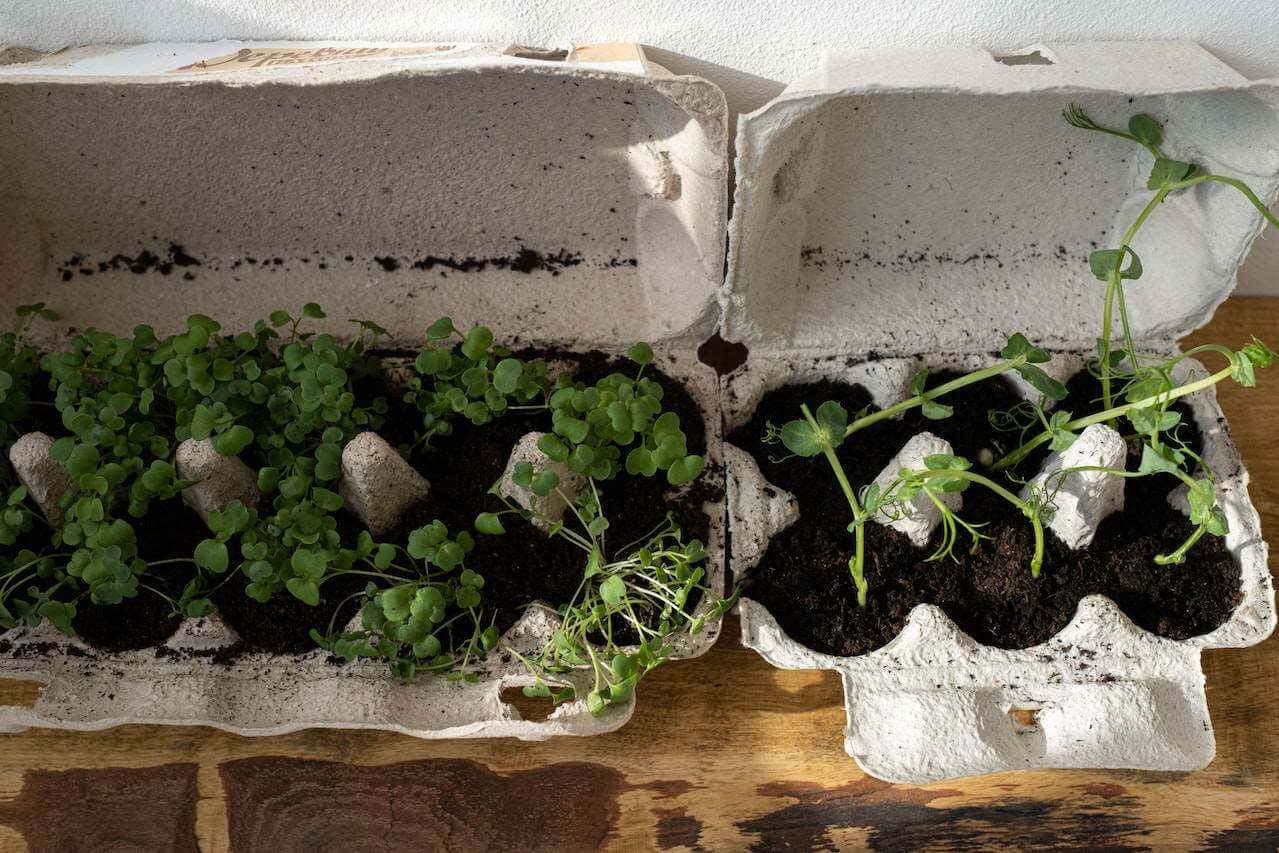
Are Microgreens Safe?
Microgreens are safe to eat if you follow good food safety practices. The main issue with microgreens is contamination from the soil or water, which includes E Coli, a harmful bacteria that can cause food poisoning. To ensure your microgreens are safe, follow a few simple steps19:
1. Ensure they are from a reputable supplier
If you are purchasing microgreens in your grocery store, make sure they are from a reputable supplier. Many today are sold in clear, sealed containers with the company's name, date of harvest, and type of microgreen.
2. Check the labels
Check the labels for the harvest date and use-by date on all microgreens you purchase. The package should also tell you if they must be washed before use. Many companies wash their microgreens with chlorinated water (like your tap water at home) to kill any bacteria before shipping.
3. Use clean materials
If you are growing your own microgreens, use clean soil and clean trays before you plant the seeds. If you need to soak your seeds before planting, ensure the dish you are soaking them in is clean. Don’t reuse water, and wash all your equipment between plantings.
4. Use clean water
Always use clean water to soak your seeds and spray or water your microgreens. Wash them before eating.
5. Keep them refrigerated at a maximum of 5°C and eat them within 10 days
Microgreens will stay fresh for about 10 days in the refrigerator. Be sure to use them by their use-by date on the container if you purchase them from the grocery store.
Learn More About Healthy Nutrition with Signos’ Expert Advice
You can learn more about good foods to eat and living a healthy lifestyle on the Signo blog. Let us help you improve your health and live a healthy, full life. See how Signos can help you improve your health today. Find out if Signos is a good fit for you by taking a quick quiz.
- Item 1
- Item 2
- item 3


.jpg)

